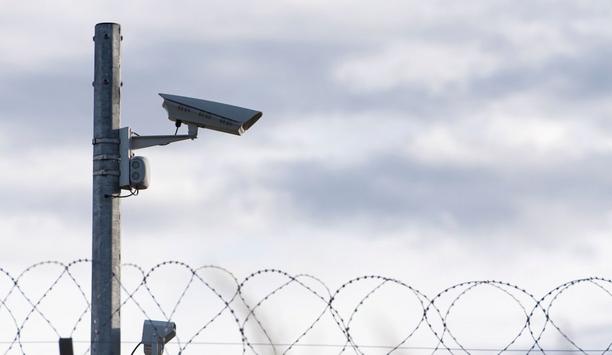 |
| Alvarion's point-to-point and point-to-multipoint BreezeACCESS suite extended the sailor network |
After extensive research, Sailor realized that using broadband wireless technology was the only way to bring multi-megabit speeds to Maryland's 24 counties, many of which are rural. To design and install this point-to-point wireless backbone network, the Sailor Operations Center in Baltimore contracted with Business Information Group (B.I.G.) of York, Pennsylvania. Since providing wireless links to each of the participating counties required access to many pieces of "vertical real estate" or radio towers, Sailor offered each county or municipality free interconnection to the wireless backbone in exchange for access to their towers to mount its wireless equipment.
"Our partnership with the counties and municipalities typically involves Sailor contributing radios, switches and network management for the point-to-point backbone segments and the counties providing space on radio and water towers for their installation. We are also now co-locating the counties' point-to-multipoint solutions for last mile access on the same towers and using the same equipment sheds," said Michael Walsh, Sailor Network Operations Manager.
Building a Countywide Access Network
With the Sailor backbone bringing 100 Mbps of capacity to each county, a "last mile" network was needed to connect to the various public agencies. The solution, designed by B.I.G., was to use Alvarion's BreezeACCESS VL operating in the 5.8 GHz band for fixed access. It performs even in nonline-of-site (NLOS) conditions, is AES secured and offers actual user throughput in excess of 30 Mbps.
"For fixed connectivity, we chose BreezeACCESS VL because it is the total package," remarks John Dolmetsch, chief information officer of B.I.G. "It uses a cell architecture with next generation, point-to-multipoint technology to deliver high bandwidth over long ranges, around buildings, and through trees. And it does this using AES encryption without any impact on throughput."
Each BreezeACCESS VL network connects all schools, libraries, police stations, and other government agencies within a given county together - and to the 100 Mbps backbone. It provides speeds ten times greater than traditional T1 leased lines and boasts payback of one year or less. For example, before switching to wireless broadband, Queen Anne's County was paying approximately $250K a year for leased line connectivity to just a few of its buildings - due to a lack of high speed wired connections in some places. With that same $250K, Queen Anne's County built a countywide wireless broadband networks and connected all their locations, with virtually no recurring charges.
The productivity savings with mobile broadband have been tremendous, typically over two hours per safety worker per day |
Providing Mobile Access
The network has now been expanded to provide mobile broadband services to police vehicles and ambulances using Alvarion's BreezeACCESS 900 product. "What is unique about the BreezeACCESS product family is that it provides one integrated solution for fixed and mobile applications," says Jim McCormick, technology director of Caroline County, Maryland, which was among the first counties to complete installation of the broadband wireless system. "We have a population of just 30,000, and the county is over 300 square miles in size, so we needed a system that could economically cover such a large area with broadband.
Also given the county's rural topology, the system's fantastic coverage in heavy foliage areas was critical, particularly for mobile connectivity to our fairly large public safety fleet of over 100 police, sheriff, and emergency medical services vehicles."
The productivity savings with mobile broadband have been tremendous, typically over two hours per safety worker per day. For example, police officers can now coordinate all their activities, such as report writing, database searches and warrant requests directly from their patrol cars while in the field. And the mobile broadband network is now being extended to support new applications, such as real-time video. "Caroline County is a rural county, and ambulances sometimes have to drive long distances to get a patient to the nearest hospital," notes McCormick. "By positioning a video camera in our ambulances, the doctor from the nearby hospital can monitor a patient's situation while in transit and provide remote support and advice. Unbelievable!"
And now with the same mobile broadband infrastructure being deployed in all participating counties, a unique multi-county mobile data network has been created that allows for interoperability between agencies and across county borders.

















